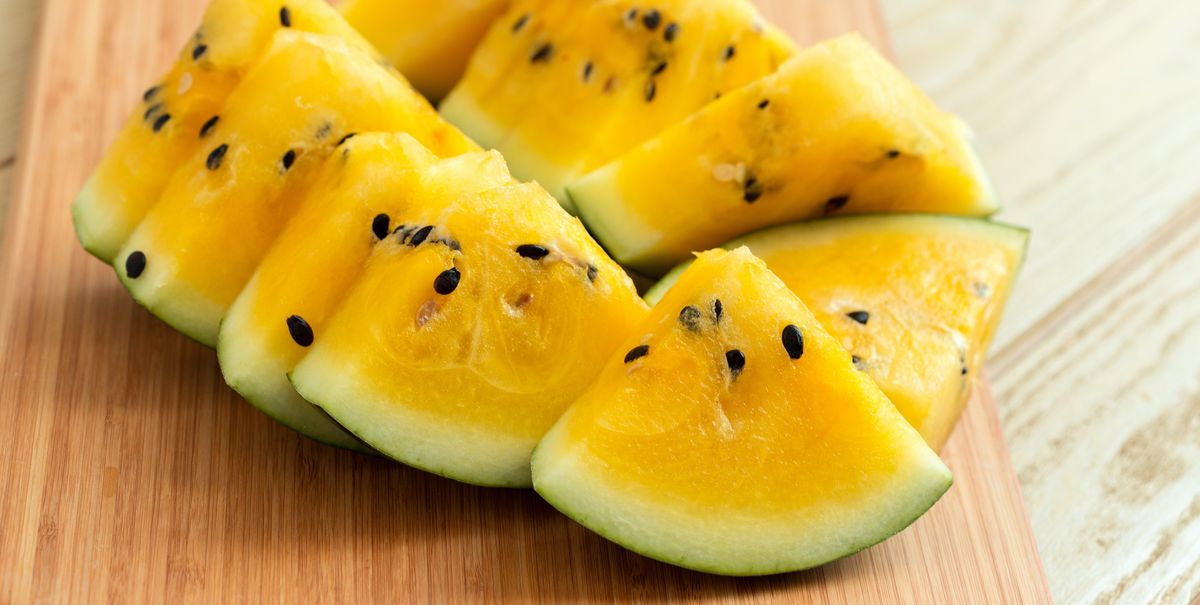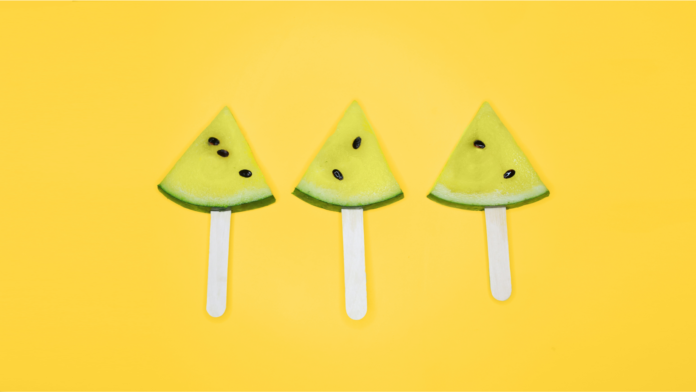Welcome to the wild and wacky world of yellow watermelon! If you’re like most people, you’ve probably never heard of this bizarre fruit before. But don’t worry, we’re here to fill you in on all the juicy details.
First things first, let’s address the elephant in the room: what the heck is a yellow watermelon? Well, it’s exactly what it sounds like – a watermelon that is yellow on the outside (and possibly on the inside too).
Aren’t watermelons supposed to be red inside?
Now, you might be thinking to yourself, “But wait, watermelons are supposed to be green on the outside and red on the inside! This is unnatural and must be some kind of genetically modified Frankenfruit!” But fear not, dear reader. Yellow watermelons are actually a naturally occurring variation of the classic watermelon. In fact, they’ve been around for centuries and are native to parts of Africa and Asia.
So why haven’t we heard of these yellow wonders before? Well, it’s probably because they’re not as common as their red-fleshed counterparts. Yellow watermelons are also generally smaller and less sweet than red watermelons, which might make them less appealing to some.
But don’t let that discourage you! Yellow watermelons have their own unique set of benefits. For one, they’re packed with antioxidants and nutrients just like any other watermelon. They also have a slightly firmer texture, which makes them perfect for grilling or adding to salads. And let’s not forget about their vibrant yellow color – they’re sure to add a pop of fun to any fruit platter or summer barbecue.
How does the watermelon get that yellow color?

Yellow watermelon gets its unique color from a pigment called xanthophyll, which is also found in other yellow fruits and vegetables such as lemons, oranges, and corn. This pigment is produced by the plant as a result of photosynthesis and is responsible for giving yellow watermelon its characteristic hue. In addition to xanthophyll, yellow watermelon may also contain other pigments such as carotenoids, which are responsible for the orange color found in some varieties.
Yellow watermelon is known for its high content of antioxidants and nutrients, and is a good source of vitamins A and C, potassium, and lycopene. It is also low in calories, making it a healthy and refreshing summertime snack.
Now, we know what you’re really wondering: what does a yellow watermelon taste like?
Well, it’s tough to say for sure, as different varieties can have slightly different flavors. Some people say they taste a bit like a honeydew melon, while others claim they have more of a cantaloupe-like taste. But one thing is for certain – they’re definitely not as sweet as red watermelons.
So there you have it, the lowdown on yellow watermelons. If you’re feeling adventurous, give one a try and see for yourself what all the fuss is about. Just be prepared for the inevitable question you’ll get from everyone you meet: “What’s that weird yellow thing you’re eating?” But hey, at least you’ll be able to impress them with your newfound knowledge of this mysterious fruit.
